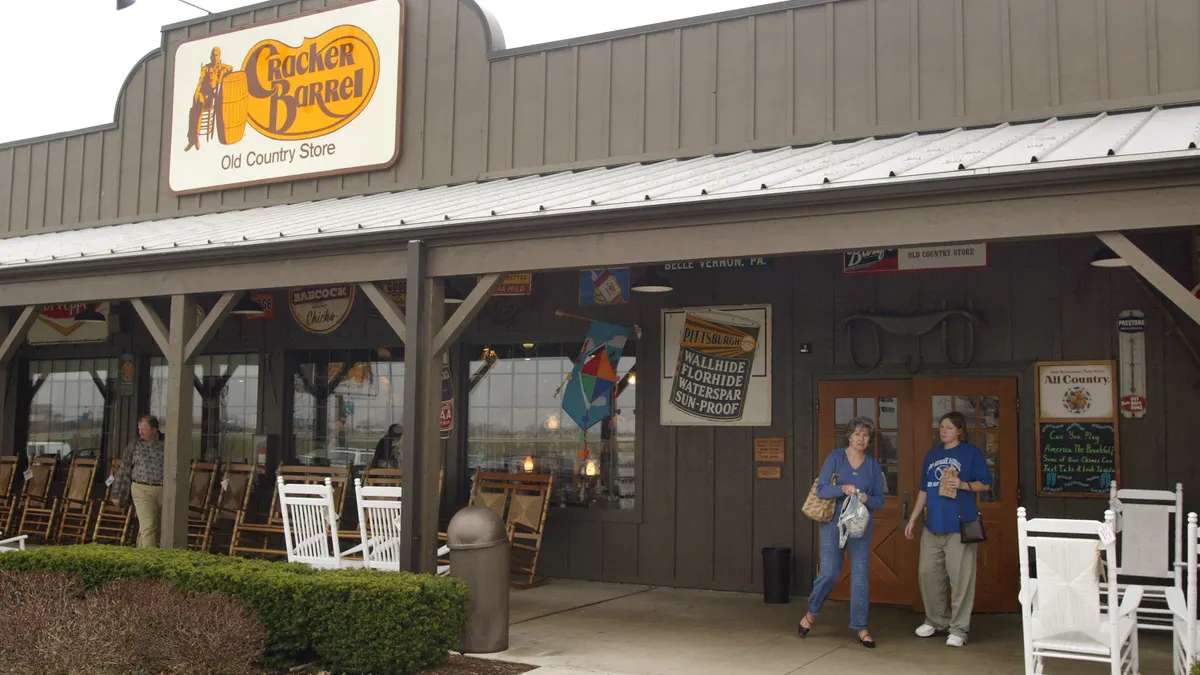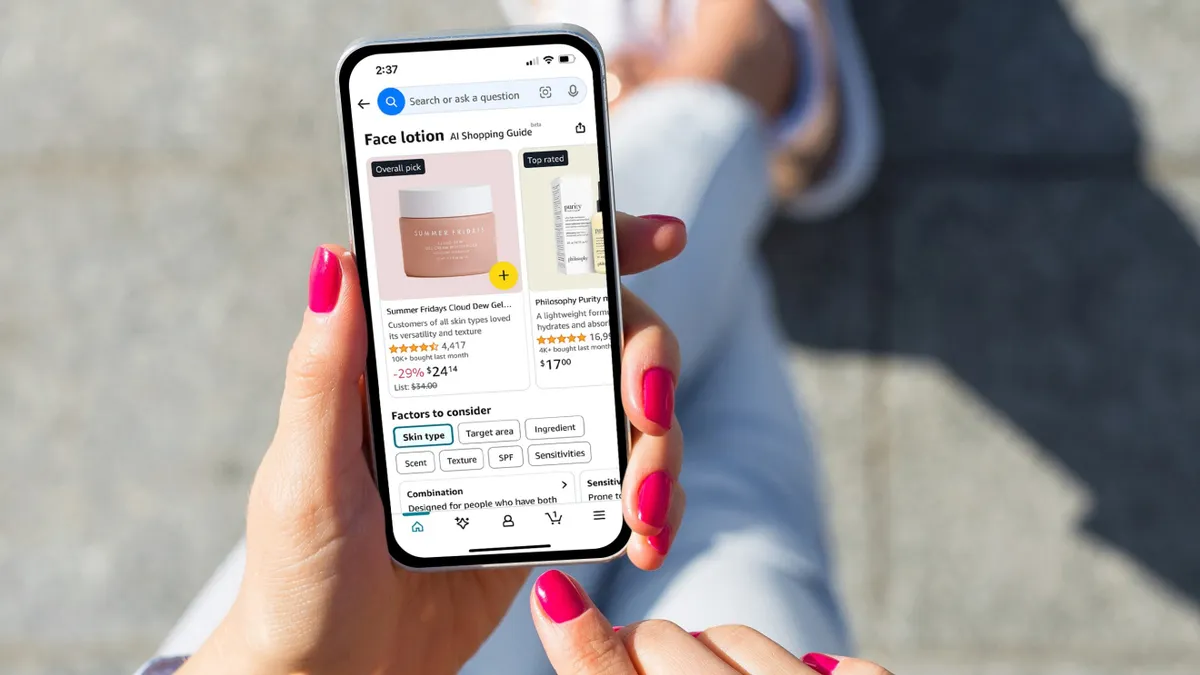Wine country, with its rolling hills and scenic vineyards, is known for its natural beauty as much as its memorable beverages.
That vision is often paired with a sense of exclusivity, said Kristen Reitzell, SVP of communications, digital marketing and e-commerce at Jackson Family Wines.
“Exclusive meant making wine really hard to find and really hard to buy, especially directly from the winery, unless you go to wine country and go to their tasting room,” Reitzell told CX Dive.
Jackson Family Wines is working to change that perception by bringing the wine country tasting room experience to everyone through a revamped website and wine club experience. Unveiled in June, the fresh digital experience is the result of a three-year partnership with Deloitte Digital to deliver a seamless online journey, no matter how or where customers access its sites.
The wine-buying experience needs to be updated for a 21st century digital audience, according to Reitzell. Even loyal customers of Jackson Family Wine’s higher-end brands, like Kendall-Jackson and Freemark Abbey, won’t necessarily make it to California.
“Why should we hinder their opportunity to experience the brands and their wines in a meaningful way?” she said.
Early results have been promising. In July, web traffic of active users grew 674% compared to the same period last year, the company said. The site attracted 480% more new users as well.
First impressions matter
The first thing many visitors see on the Kendall-Jackson website is a background video of the winery grounds. Many Jackson Family Wines brands share this approach as a way of drawing customers into the experience.
“On a lot of our websites, what you first see is a beautiful landscape — a showcase of our estate — because wine is all about place,” Reitzell said.
Kendall-Jackson’s website looks to marry that sense of place with ease of use, delivering a strong first impression for new customers.

Seamless exploration was top of mind when revamping Kendall-Jackson’s website, according to Reitzell. The winery has a large product catalog and multiple direct-to-consumer wine club options, and the company wants to help customers quickly find what they need.
The emphasis on convenience guides the entire customer journey, according to Kelly Schloesser, U.S. retail digital strategy and experience leader at Deloitte Digital. The site aims to replicate the entire experience of visiting a winery.
“It's sensory, it's educational, it's often very emotional, and it's also easy to purchase wine,” Schloesser said.
Another important part of the streamlined experience is ensuring visitors arrive on a page that makes sense, according to Reitzell.
For example, a customer who comes to Kendall-Jackson’s website through an ad for a certain product will arrive on a dedicated page for that product. A customer who clicks on a social media link about holiday shopping will be served a page full of gift ideas.
“We're not going to make you do the work,” Reitzell said. “I think that's a little bit of how our digital journey has changed. It's much more purposeful.”
Mobile considerations
Most Jackson Family Wines customers access its websites through mobile devices, and a good mobile experience requires an entirely different layout than a desktop computer.
The journey from landing page to checkout should be seamless regardless of how a customer chooses to browse, according to Reitzell. Kendall-Jackson in particular has as many as 50 wines available at a time, making it important to strike a balance between navigation and information.
Jackson Family Wines and Deloitte Digital’s research uncovered the common complaint that Jackson Family Wines websites tried to squeeze a lot onto a tiny screen while sometimes leaving out basic, but critical, information.
“Is it white or red? What's the vintage? What's the bottle size?” Reitzell said. “What are some of those quality cues, like a critic score? That’s a very, very important consumer cue that a lot of folks shopping for wines they're not familiar with utilize.”
The updated product display pages focus on key buying triggers, like color and score, while making it easier to add products to a cart, Reitzell said.
Customers who continue scrolling down a product page will find additional, but not immediately necessary, information like recommended food pairings, decanting tips and ideal serving temperatures.
After checkout, customers who have an account arrive at their account page, according to Schloesser. Here, they can easily view their upcoming orders and customize the contents of upcoming deliveries from any wine clubs they belong to.
Customers appreciate self-service
Wine clubs can represent a significant investment for customers, so getting the signup and customization experiences right was a key initiative for Jackson Family Wines.
The new wine club layout is very upfront about the benefits of joining a wine club, according to Reitzell. Customers who stay with the program longer and sign up for larger wine allocations, such as opting in for 36 bottles per year as opposed to 12, receive special perks.
Customization and self-service are important elements of the wine clubs. Customers can now see which products are available for upcoming shipments, allowing them to add or swap out wines.
Better self-service frees up the club staff to handle non-customer-facing tasks while affording more attention to members who really need it, according to Reitzell. Shoppers can easily switch between self-service and a club manager’s white glove service.
For instance, a customer can start by calling a club manager for advice on a new wine, then decide if they want to add it to their next shipment through the website at a later point.
“It's completely interchangeable, and that's a high-touch piece that we don't want to lose,” Reitzell said.
The changes are particularly important for attracting new shoppers among younger consumers.
"The younger generations very rarely want to pick up the phone and have a conversation to navigate an order, add things to their shipment or change their address,” Schloesser said.
It’s driving results. More people are adding wine to their cart since the improved self-service went live, according to Reitzell.




















